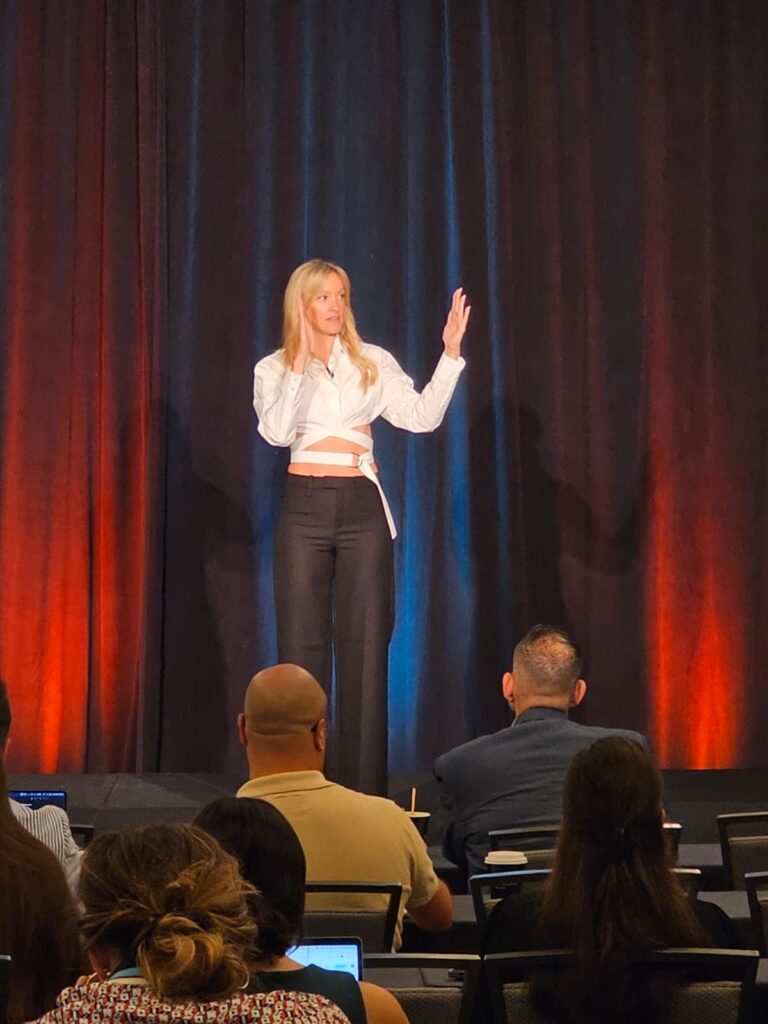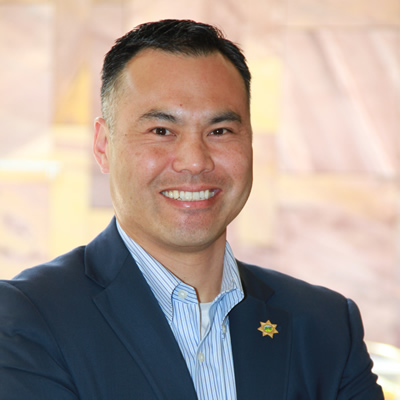As the workforce finds its way and adapts to the many challenges and changes brought on by 2020, we asked this question to members of the Crisis Ready Institute’s Global Advisory Council, which is comprised of an interesting and experienced array of Crisis Ready leaders across diverse fields.
The following response is that of Aaron Marks, with others’ to be published in the coming days.
Is it more complicated to be Crisis Ready while your teams work from home?
Simple answer, yes.
The crises we knew are different from the ones we now need to know.
Work from Anywhere (WFA) is a relatively new concept for most organizations. Before COVID-19, most organizations used a centralized approach toward their operations. People left their homes to come to specific worksites and complete their assigned missions and tasks. They used supplies, equipment, systems, and networks that were provided by their organization. For the most part, organizations knew which teams were going to be where, what they were doing, how they were doing it, and when they would be starting and finishing their daily activities. It may not have been the best way to handle things, but it was familiar. Organizations had years, if not decades, to understand the threats and hazards associated with how they operated. While that understanding may have contributed to complacency and blind spots in their risk awareness, it also meant that organizations had insight into the various crises that they might encounter and experience with how to manage them.
The sudden shift from more traditional approaches of operations to WFA has strained, if not disrupted, that understanding.
Organizations are now dealing with a distributed workforce without access to the infrastructure that they used in the past. Instead of dealing with a formal or professional environment in an office or institutional setting, they are working from their home office/living room/kitchen table. Instead of their peers asking about lunch plans or collaborating on a project, their children are playing at their feet. They are sharing limited space with their housemates because they do not have anyplace else to work. Where they used to access digital systems and networks through a secure system, they are using their home internet connection with a Virtual Private Network (VPN) or public network connections.
What was once familiar and comfortable has been radically changed, and people are still figuring out exactly what that means. The loss of familiarity has contributed to a loss of organizational stability, both real and perceived. This instability increases the risk associated with known threats and hazards. It also contributes to the creation of new threats and hazards that may not be easily detected and identified.
As we WFA, the risks increase in scope and scale.
With a centralized organization, critical functions took place in specified locations under relatively controlled conditions. Primary risk assessments focused on those locations, and localized preparedness and mitigation actions could be implemented based on a relatively limited cost/benefit analysis. Response and recovery resources needed to be adequate to support operations focused on a limited number of locations, and while Crisis Readiness for individual team members may have been a core consideration, the primary responsibility for that readiness remained with the individual, not the organization.
With WFA, critical functions occur across the various locations that your teams are working. Those individuals each exist in an independent threat, hazard, and risk environment that are dependent on their local infrastructure. Where organizations could once establish and maintain cohesive group resilience, teams are now physically isolated and limited to virtual support from their peers. These changes translate to a need to expand the awareness and engagement of a Crisis Ready® Culture by multiple orders of magnitude.
For example, risk assessments that had to consider a limited number of physical facilities now need to expand to include the work environments for individuals on a team. Where critical communications could be handled by calling everyone into a communal area in a workspace and having a face-to-face conversation, organizations are now dependent on technology to connect via voice or video. Sensitive data that was handled on hardened systems using controlled networks are now being transmitted over the general internet. The sheer number of elements that interact with an organization’s Crisis Ready Program have increased exponentially. The interactions between those elements, including both the probable and the possible points of vulnerability, have increased in complexity by a similar margin.
Adapting your Crisis Readiness to Our New World
The new way of doing things has disrupted patterns and habits, introducing new types and levels of distraction for individuals and organizations. Those changes bring increased risk and mean that what may have worked to create a Crisis Ready® organization in the past may not achieve that goal in the present.
I am not confident that organizations have adequately adapted to our Brave New World. I am concerned that they have been overwhelmed by the need to adapt their operational practices. They are focused on the here and now, no longer watching the horizon to see what is going to happen next. That loss of vision increases vulnerability to crisis and makes being Crisis Ready® all the more critical.
Aaron Marks is a Senior Principal with Dynamis, Inc. where he supports clients across the domestic National and Homeland Security communities and international public safety enterprise. He provides operational and subject matter expertise in intelligence analysis and targeting, disaster preparedness, crisis and incident management, and continuity of operations for healthcare related concerns. Aaron has provided in-depth review, assessment, and analysis for technology, policy, and operational programs impacting all levels of government. He is a recognized authority on the application of nontraditional techniques and methodologies to meet the unique requirements of training, evaluation, and analytic games and exercise for the National and Homeland Security communities.
Prior to joining Dynamis, Aaron was the Director of Operations for a commercial ambulance and Emergency Medical Services (EMS) provider in western New York State where he participated in the integration of commercial EMS and medical transportation resources into the local Trauma System. During his 30-year career Aaron has worked in almost every aspect of EMS except fleet services. This includes experience in Hazardous Materials and Tactical Medicine, provision of prehospital care in urban, suburban, rural, and frontier environments, and acting as a team leader for both ground and aeromedical Critical Care Transport Teams.
Aaron is a Master Exercise Practitioner and received a B.A. in Psychology from Texas Tech University in Lubbock, Texas and a master’s degree in Public Administration with a focus in Emergency Management from Jacksonville State University in Jacksonville, Alabama. He is also a Nationally Registered Paramedic and currently practices as an Assistant Chief with the Amissville Volunteer Fire and Rescue Department, Amissville Virginia.










